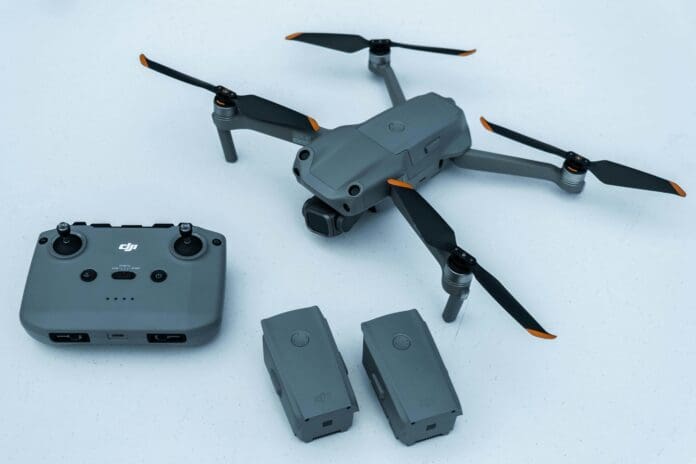This post is also available in:
 עברית (Hebrew)
עברית (Hebrew)
A U.S. federal judge has upheld the Department of Defense’s decision to keep Chinese drone manufacturer DJI on its official list of companies linked to China’s military-industrial complex. The ruling reinforces growing concern in Washington over the dual-use nature of commercial drone technology and its potential for military application.
The court’s decision followed a legal challenge from DJI, which argued that it is neither owned nor controlled by the Chinese military and that its drones are built for consumer and commercial use. However, Judge Paul Friedman concluded that the Department of Defense had presented sufficient evidence to justify the designation, citing both theoretical and practical military uses of DJI’s technology.
A key factor in the ruling was the documented use of modified DJI drones in armed conflicts, particularly in Russia’s war in Ukraine. Despite the company’s policies prohibiting military use, DJI systems have been repurposed for surveillance and even aerial attacks by multiple actors in active war zones. The judge ruled that the existence of such usage overrides DJI’s stated intentions.
The court acknowledged that being placed on the DoD’s 1260H list has serious consequences. Companies on the list are barred from U.S. government funding, contracts, and other forms of institutional support, and generally stigmatizes the company. DJI has stated that the designation has harmed its reputation and resulted in business losses.
While DJI continues to sell drones internationally—including in markets where their use by military actors is known—the technology’s accessibility and flexibility raise ongoing questions about export controls and national security. In the U.S., further restrictions may be imminent. A proposed ban on DJI drone imports, currently under review, could take effect unless the devices are deemed not to pose significant security risks.
The case highlights broader challenges facing regulators as commercial technologies increasingly intersect with defense applications.

























